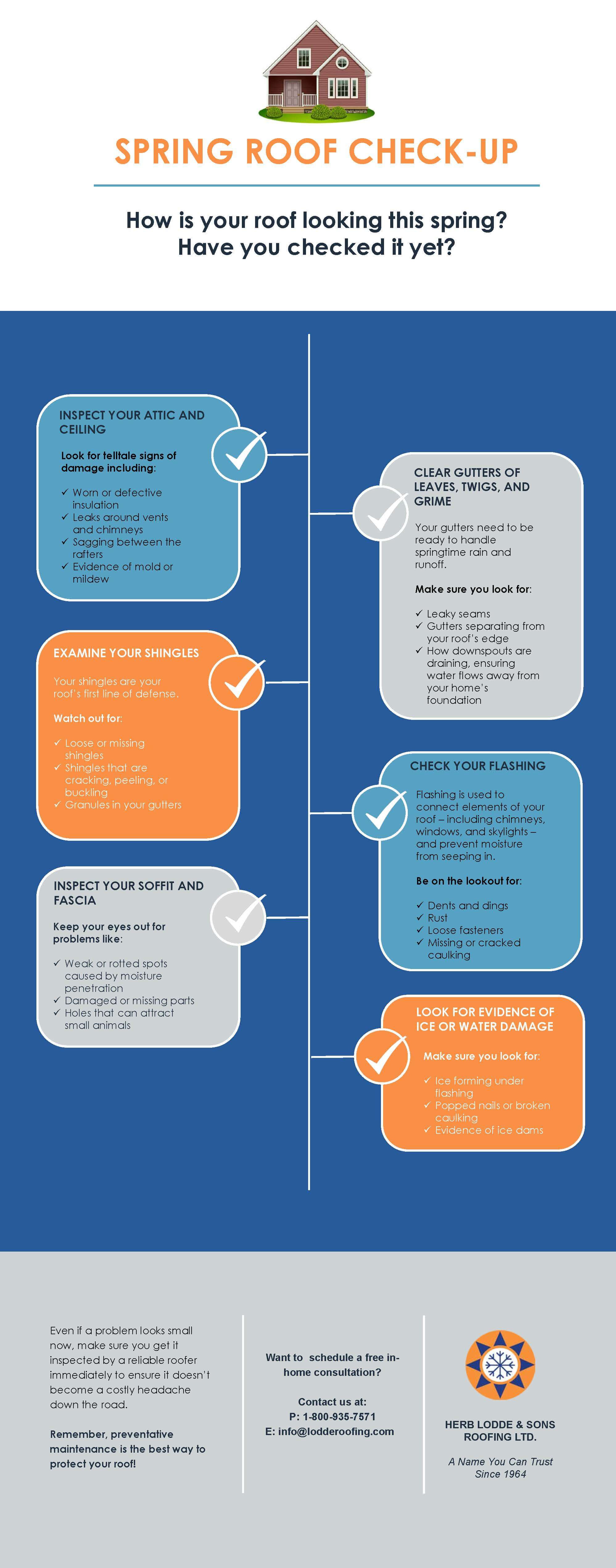Examining The Financial Aspects Of Solar Energy Installment: Is It A Worthwhile Investment?
Examining The Financial Aspects Of Solar Energy Installment: Is It A Worthwhile Investment?
Blog Article
Web Content Produce By-Mathis Larsen
When considering the expenses of solar installation, you might question the upfront financial investment called for and whether it straightens with the possible long-term benefits. Understanding the ins and outs of these costs and the various aspects affecting the general return can clarify the value recommendation of transitioning to solar energy. By evaluating both the preliminary configuration expenses and the projected financial savings in time, you can gain understanding right into whether the investment in solar installment holds promise for your financial future.
Preliminary Setup Costs
When taking into consideration the costs of solar setup, the initial setup costs play an important duty in your decision-making process. These upfront prices consist of the cost of solar panels, inverters, mounting devices, and installment labor.
The price of photovoltaic panels can differ depending upon the brand name, performance, and size you select. Inverters are necessary for transforming the sun's energy right into useful power and can be found in various types such as string inverters, microinverters, and power optimizers, each with its own price implications.
Placing tools, such as racks and rails, is required to safely install solar panels on your roof or residential property.
The installment labor price covers the professional installment of the solar system, ensuring that everything is established correctly and effectively. Remember that while these initial configuration expenses may appear high, there are usually refunds, tax rewards, and financing choices available to help counter the expenses and make solar setup more cost effective in the long run.
Long-Term Financial Savings Evaluation
To comprehend the economic advantages of solar setup with time, it's crucial to carry out a thorough long-lasting financial savings evaluation. While https://solar-inverter-installati11098.buyoutblog.com/29923024/the-course-onward-for-solar-energy-industry-predictions-for-the-next-a-number-of-years of solar panels may seem overwhelming, the long-term financial savings can outweigh these costs substantially. By taking advantage of the power of the sun to create electrical power for your home, you can potentially conserve thousands of dollars on your energy bills over the life-span of your planetary system.
Among the key aspects to consider in a long-term savings analysis is the reduction in your electrical power costs. With photovoltaic panels, you can create your electricity, decreasing and even removing your reliance on the grid. This can result in significant financial savings, especially as utility rates continue to increase.
Additionally, many governments provide incentives such as tax credit scores and refunds for mounting solar panels, even more boosting your long-lasting savings. By capitalizing on these motivations and maximizing your solar power production, you can take pleasure in substantial financial benefits for several years to find.
Roi Computation
Considering the financial advantages of solar setup, it's time to examine the Return on Investment (ROI) calculation. Figuring out the ROI includes comparing the overall costs of setting up a planetary system with the financial advantages it produces over its lifespan.
To compute ROI, split the web profit from the system by the total financial investment cost and increase by 100 to get a percentage. The ROI formula is: (Web Revenue/ Overall Financial Investment Price) x 100.
For example, if the total expense of setting up a planetary system is $20,000, and over its life expectancy, it generates savings and revenues amounting to $30,000, the web earnings would certainly be $10,000. Dividing this by the complete investment cost of $20,000 gives a proportion of 0.5. Multiplying this by 100 gives an ROI of 50%.
Generally, a higher ROI suggests a much more economically satisfying financial investment. Aspects like federal government rewards, maintenance expenses, and energy cost fluctuations can impact the ROI of solar setups. Recognizing the ROI helps in analyzing whether investing in solar energy is worth it in the future.
Verdict
In conclusion, comprehending the prices of solar installment is crucial for figuring out if it deserves the investment. By considering initial arrangement expenditures, conducting a long-term cost savings evaluation, and determining the return on investment, you can make an informed decision concerning the financial worth of solar energy. With https://www.energy.gov/eere/solar/articles/gsa-seeks-information-industry-domestic-solar-panel-production for lowered utility expenses and increased power self-reliance, purchasing solar setup can be a smart choice for both your wallet and the setting.
